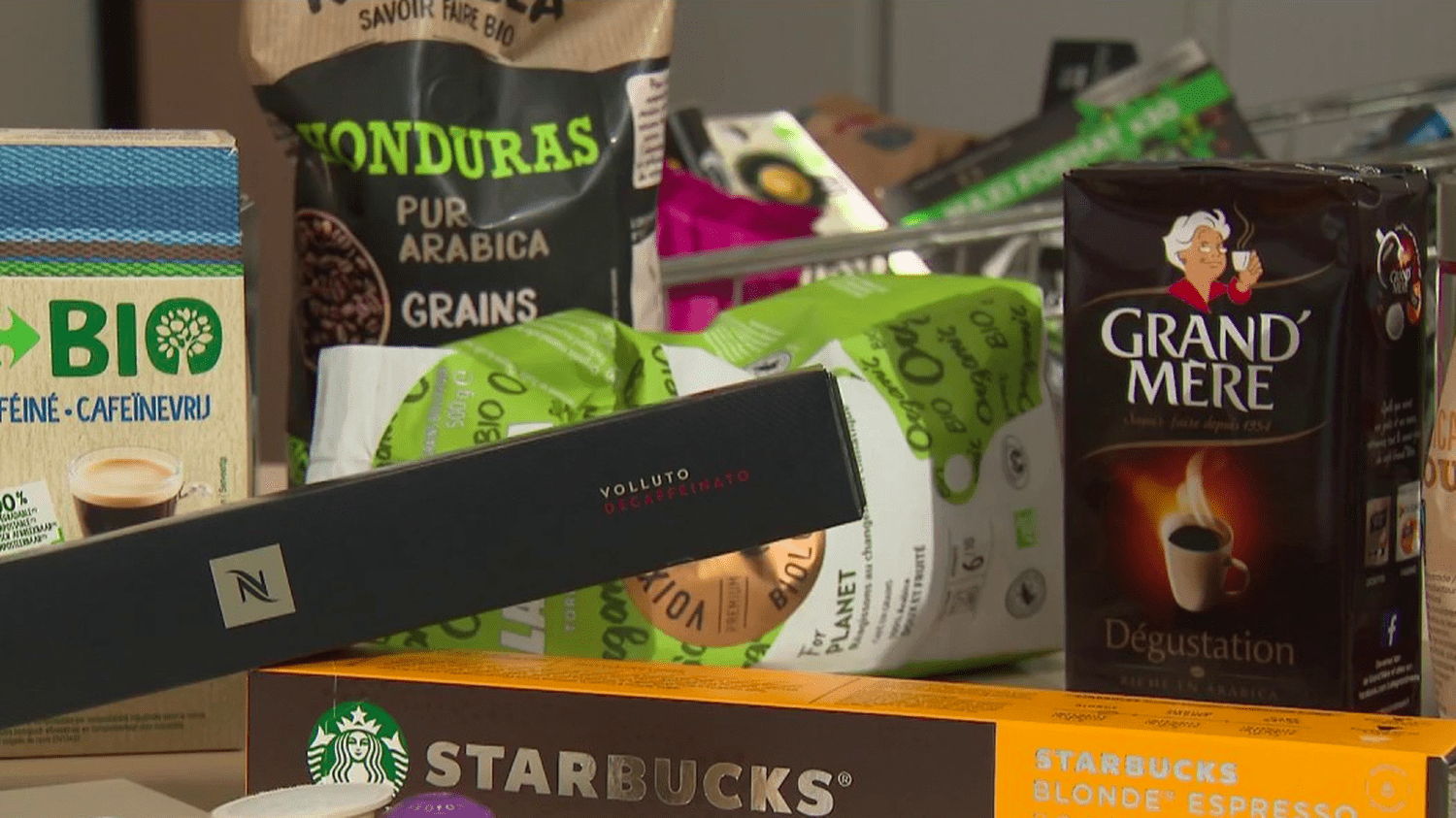Posted
Video length: 3 mins.
Article written by

500 cups of coffee per year and per inhabitant are consumed on average each year in France. While the offer has become bloated in supermarkets, the 13 Hours has looked at the origin of our coffee, which contains certain risky substances.
Eight out of ten French people consume coffee every day. Do we really know what’s in it? In Dieppe (Seine-Maritime), a factory produces 70 tons of soluble coffee every day, one of the most consumed in France. “We are here in the green coffee storage warehouse. We have Arabica, Robusta, from Vietnam, Hondurass and Colombia“, testifies Corinne Baillon, Nescafé site director.
The presence of carcinogenic residues
These two main types of coffee are included in all products sold in supermarkets. In the factory, the coffee is heated to around 200 degrees during roasting, a step that destroys pesticides. On the other hand, it generates potentially carcinogenic residues, hydrocarbons and acrylamide. These substances are singled out by “60 million consumers”.
Among the 50 references analyzed where they are present, no mention of their existence appears on the packaging. Although these substances are ubiquitous, the quantities observed comply with health standards.
